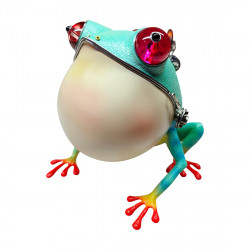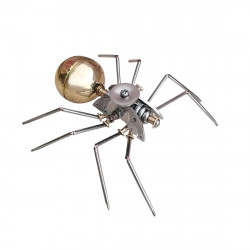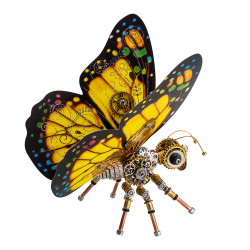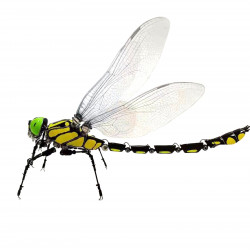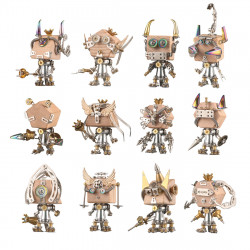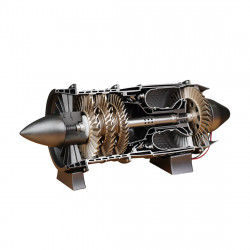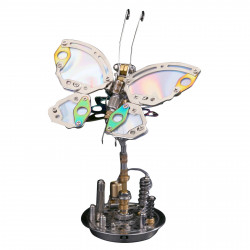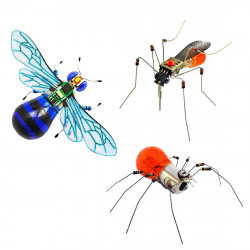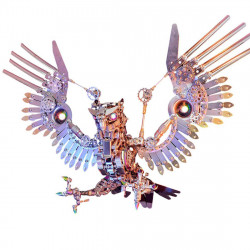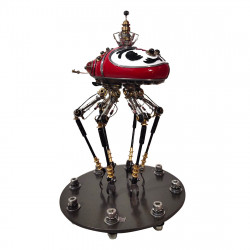Anglerfish|The guy from the deep sea with a lantern on his head

Anglerfish|The guy from the deep sea with a lantern on his head
The following served as the model for the metal anglerfish puzzle: In "Finding Nemo," there's a big, unsightly fish with a light "fishing rod lantern" above its head. Its jaws are enormous, its teeth are razor sharp, and its expressions are exaggerated. The anglerfish, which comes from 500–5000 meters below the water's surface, is our main character for today.
A peculiar appearance with an astonishingly large appetite.
They are protected when they are young by a gelatinous membrane surrounding them. Until they become adults, they float on the water's surface like little bubbles. When they grow up, they move slowly on the seafloor like an elderly grandma.
The anglerfish has short pelvic fins and a big mouth. It has a large, flat head and strong pectoral fins. These fins help it walk on the seafloor like feet. Its huge mouth and big appetite let it mainly eat small fish, many invertebrates, and even sharks.
The secret of bioluminescence?
Its most notable feature is the organ that protrudes from the anglerfish's nose and has the shape of a fishing rod. This organ emits light to attract little fish as prey because it contains bioluminescent bacteria.
The "little lantern" has gland cells that can secrete luciferin, emitting light. Luciferin slowly oxidizes chemically, and luciferase catalyzes the reaction to produce bioluminescence. Many fish in deep water are attracted to light. Anglerfish can use their "little lantern" to lure in food.
A lot of fish species can emit light, just like fireflies. Fish create different glowing signals. They use these signals to avoid predators, trick other fish, or communicate with each other.
Most fish produce blue or blue-green light. However, some also give off light in pale red, light yellow, orange-purple, yellow-green, or blue-white. The anglerfish are the most bioluminescent creatures. They can produce light in different colors, such as yellow, yellow-green, blue-green, and orange-yellow.
Unwavering love
The anglerfish is well-known for its mating habits and its lantern-like structure on its head. According to scientists, when they were initially found, almost everyone seemed to be female. After some time, researchers discovered that the "parasites" on the female anglerfish's body were actually "miniature" male anglerfish.
When they are big enough to mate, male anglerfish—who are incredibly small—lose their digestive systems. Male anglerfish are among the smallest known vertebrates. They can grow to just 0.25 inches, or about 6.35 millimeters. In contrast, females can grow up to 50 times larger than males.
Because they practice monogamy—one male paired with one female—anglerfish are renowned for their "faithfulness" in relationships. Typically, spring and summer are when they breed.
Females can generate clusters of eggs that form gelatinous sheets up to three meters wide and nine meters long. These clumps of eggs can float on the ocean floor until they hatch.
Male anglerfish look for a suitable female when they develop enough. They bite into her body and attach themselves to her.
Rapid tissue growth in the female causes it to engulf the male quickly. After the male attaches to the female, she sinks to the ocean floor. There, they can enjoy their happy "two-fish world" together.
This metal anglerfish puzzle model will catch your attention if you're a fan of marine life and make a lasting impression.


